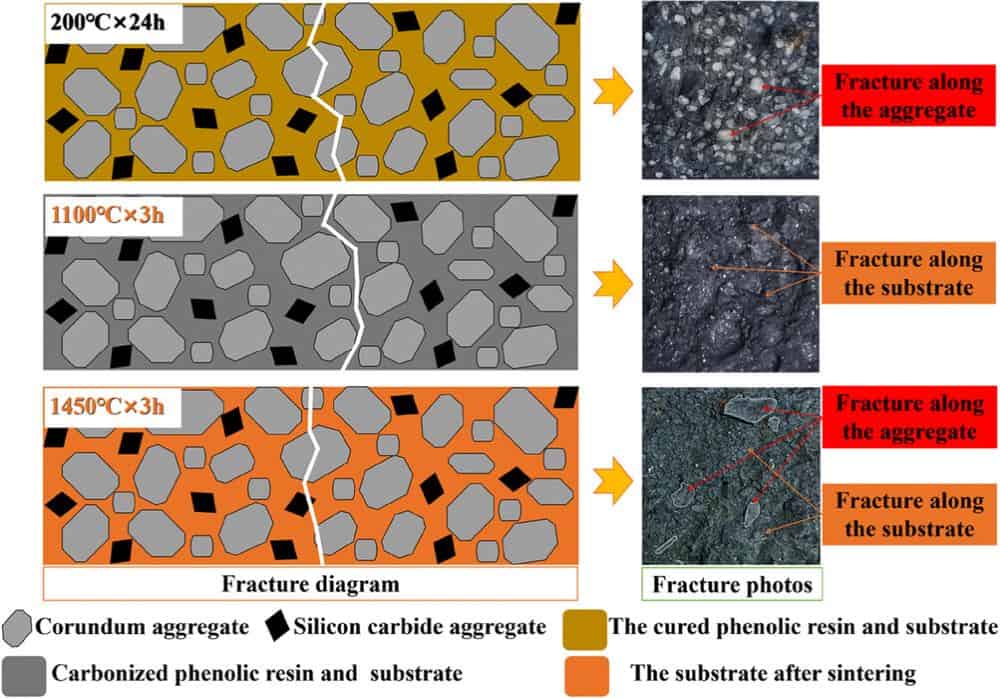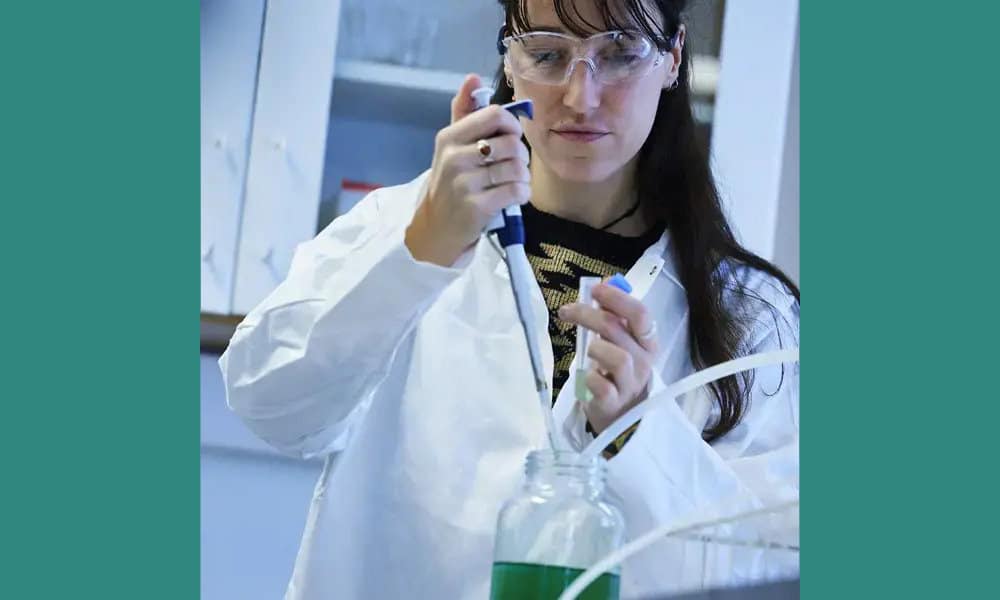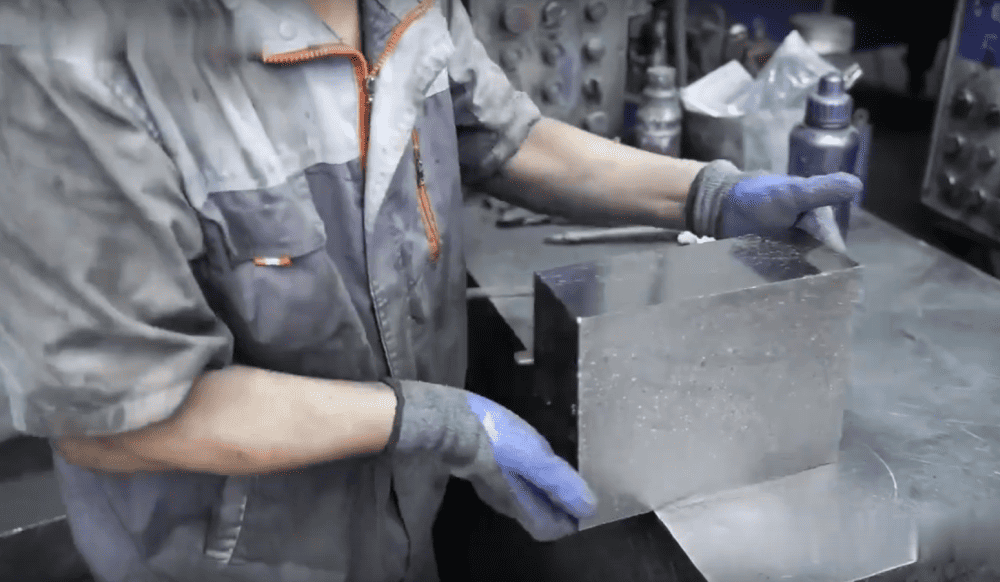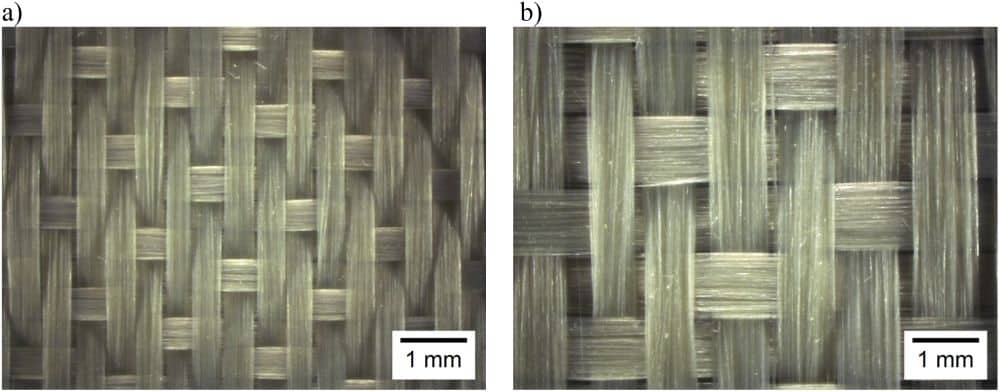The choice of starting material for refractory ceramics can greatly affect the product’s final properties. Researchers from Wuhan University of Science and Technology in China investigated the effects of different corundum aggregates on Al2O3-SiC-C bricks.
Read MoreWith Ukrainian clay in short supply and high demand, tile manufacturers are considering reformulating their tiles based on clay in local deposits. Researchers in Italy conducted a comprehensive characterization of two iron-rich Italian clays to determine their suitability for porcelain stoneware production.
Read MoreIn August 2023, researchers at the Federal University of São Carlos in Brazil conducted preliminary tests on the potential of metakaolin-derived geopolymer binders to replace calcium aluminate cement binders in high-alumina refractory castables. A new follow-up study confirms this potential.
Read MoreWith the drastic increase in demand for lithium, new sources and extraction methods are needed to secure sufficient supply. Princeton University researchers led development of a new passive method for extraction of lithium from saltwater. The method, if advanced to industrial scale, could significantly decrease both the time and amount of land necessary for lithium production.
Read MoreMore environmentally friendly recycling methods are needed to make the lithium-ion battery market into a sustainable and circular economy. Two recent studies demonstrate some ways to accomplish this goal.
Read MoreThe mining and minerals processing industries are economically significant sectors for the Australian island state of Tasmania. But as companies apply for more and more exploratory licenses to identify new minerals deposits, landowners in the state are concerned about the environmental impacts.
Read MoreThe August 2023 issue of the ACerS Bulletin—featuring an overview of the global lithium market—is now available online. Plus—USGS Mineral Commodity Summaries.
Read MoreMagnesia carbon bricks are widely used in steelmaking because of their excellent thermal, chemical, and mechanical properties. These bricks can be fabricated using various carbon sources. In a recent paper, researchers at Changwon National University investigated the effects of expanded graphite content on MgO–C bricks.
Read MoreBalancing cost and quality is an important consideration for manufacturers and researchers looking to commercialize their innovations. Researchers in Germany explored the tradeoffs that come with creating all-oxide ceramic matrix composites from fiber bundles with higher filament counts.
Read MoreInstead of open-pit mines, tailings may become the primary source of feldspar and quartz in the future if the minerals can be selectively extracted from the waste. Researchers in China showed that hydroxypropyl starch can improve the flotation separation of feldspar and quartz.
Read More









